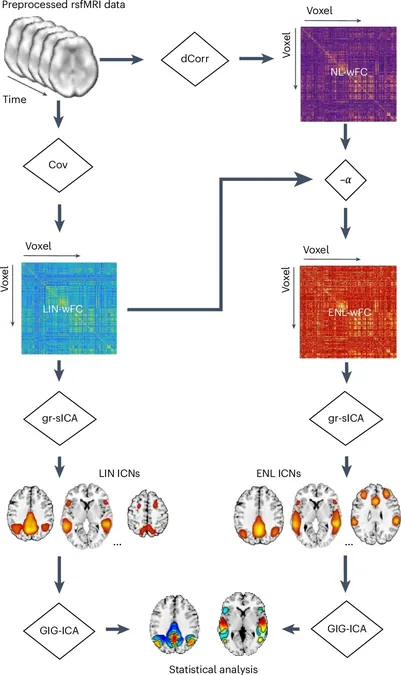
Sagence Unveils Ambitious Plans for Energy-Efficient AI Chips
2024-11-19
Author: Ming
In an era where the demand for artificial intelligence is skyrocketing, one startup is on a mission to revolutionize the landscape of AI processing. According to Goldman Sachs, the integration of graphics processing units (GPUs) in data centers will result in a staggering 160% increase in electricity demand by 2030. This dramatic increase raises concerns about sustainability, prompting industry experts to seek alternatives that reduce energy consumption while enhancing performance.
Founded by experienced chip designer Vishal Sarin, Sagence AI (formerly known as Analog Inference) is dedicated to creating analog chips designed specifically for AI applications. “The applications that could make practical AI computing truly pervasive are restricted because the devices and systems processing the data cannot achieve the required performance,” Sarin noted. His company aims to shatter both performance and economic barriers associated with AI development, all while maintaining an environmentally responsible approach.
While many firms are vying to develop custom AI hardware, Sagence sets itself apart by focusing on analog technology instead of digital. Traditional chips, including GPUs, store information in a binary format (ones and zeros). Analog chips, however, utilize a continuum of values which allows them to handle data differently. This could ultimately lead to efficiency gains, particularly as digital chips grapple with their inherent power, cost, and latency issues.
Despite their historical significance—analog chips played a crucial role in modeling the North American electrical grid between 1935 and 1980—the technology is now experiencing a resurgence. Digital chips generally require numerous components to perform complex calculations, whereas analog chips can accomplish these tasks with a smaller number of components. Moreover, Sagence’s unique “in-memory” analog chips can process data without transferring it back and forth between storage and processing units, further accelerating performance.
Nonetheless, analog technology is not without its challenges. Achieving high precision and ease of programming can be more complex when working with analog chips, necessitating finer manufacturing processes. However, Sarin emphasizes that Sagence's products are meant to complement digital chips, particularly to enhance specialized applications in servers and mobile devices.
Sagence is gearing up to launch its chips by 2025 and is currently collaborating with multiple customers in a competitive market that includes other analog chip startups like EnCharge and Mythic. The company has successfully raised $58 million since its inception, attracting notable investors such as Vinod Khosla and Aramco Ventures. To continue its growth trajectory, Sagence is planning to pursue additional funding to expand its team of 75.
The timing of Sagence's efforts may be opportune. Following a period of underwhelming performance in 2023, funding for semiconductor startups appears to be rebounding. Between January and July of this year, VC-backed chip companies raised nearly $5.3 billion, a substantial increase compared to the previous year's total.
However, the road ahead is fraught with challenges. The chip manufacturing landscape is heavily impacted by international sanctions, tariffs, and competition from established ecosystems like Nvidia's. As evidenced by the struggles of AI chipmaker Graphcore, which filed for insolvency after raising nearly $700 million, success in this space demands not only superior technology but also sufficient funding to achieve scalable production.
For Sagence to thrive, it must validate its claims of significantly reduced power consumption and enhanced efficiency compared to existing options in the market. With the right backing and innovative solutions, Sagence could potentially lead the charge towards a more sustainable future in AI processing. Keep your eyes peeled on this electrifying journey, as it may redefine the boundaries of what's possible in artificial intelligence.



 Brasil (PT)
Brasil (PT)
 Canada (EN)
Canada (EN)
 Chile (ES)
Chile (ES)
 España (ES)
España (ES)
 France (FR)
France (FR)
 Hong Kong (EN)
Hong Kong (EN)
 Italia (IT)
Italia (IT)
 日本 (JA)
日本 (JA)
 Magyarország (HU)
Magyarország (HU)
 Norge (NO)
Norge (NO)
 Polska (PL)
Polska (PL)
 Schweiz (DE)
Schweiz (DE)
 Singapore (EN)
Singapore (EN)
 Sverige (SV)
Sverige (SV)
 Suomi (FI)
Suomi (FI)
 Türkiye (TR)
Türkiye (TR)